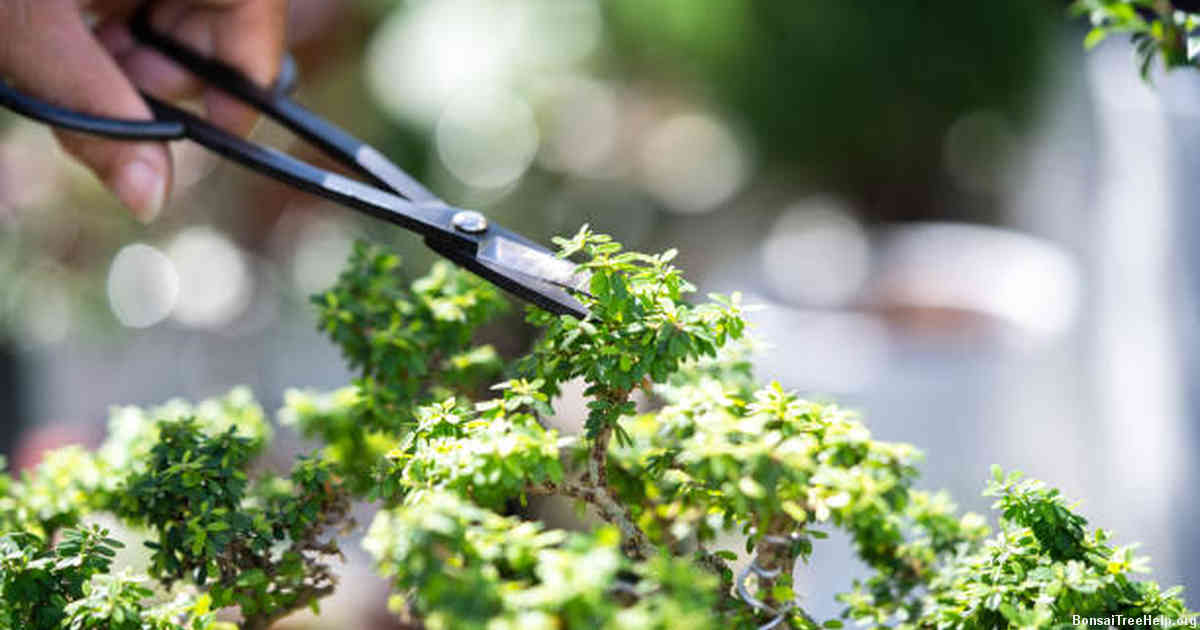
Prune your ficus bonsai when it begins to outgrow its container or looks unbalanced. To maintain the desired shape of the tree, pruning should occur on a regular basis; usually every two to three months for young trees and about every six weeks for mature ones. Pruning will help you avoid large, bare spots in the canopy that can weaken and harm your ficus bonsai’s overall health. If you are looking to train your bonsai tree into a certain style, like formal upright or cascade, pruning is essential.
Contents:
- Understanding the Pruning Needs of Ficus Bonsai
- The Best Time for Pruning Your Ficus Bonsai
- How to Identify When Your Ficus Bonsai Needs Pruning
- Dos and Don’ts of Pruning Ficus Bonsai Trees
- Proper Techniques for Pruning Ficus Bonsai Trees
- Post-Pruning Care Tips for Your Ficus Bonsai Tree
- Advanced Tips for Maintaining the Health and Appearance of Your Ficus Bonsai Tree
Understanding the Pruning Needs of Ficus Bonsai
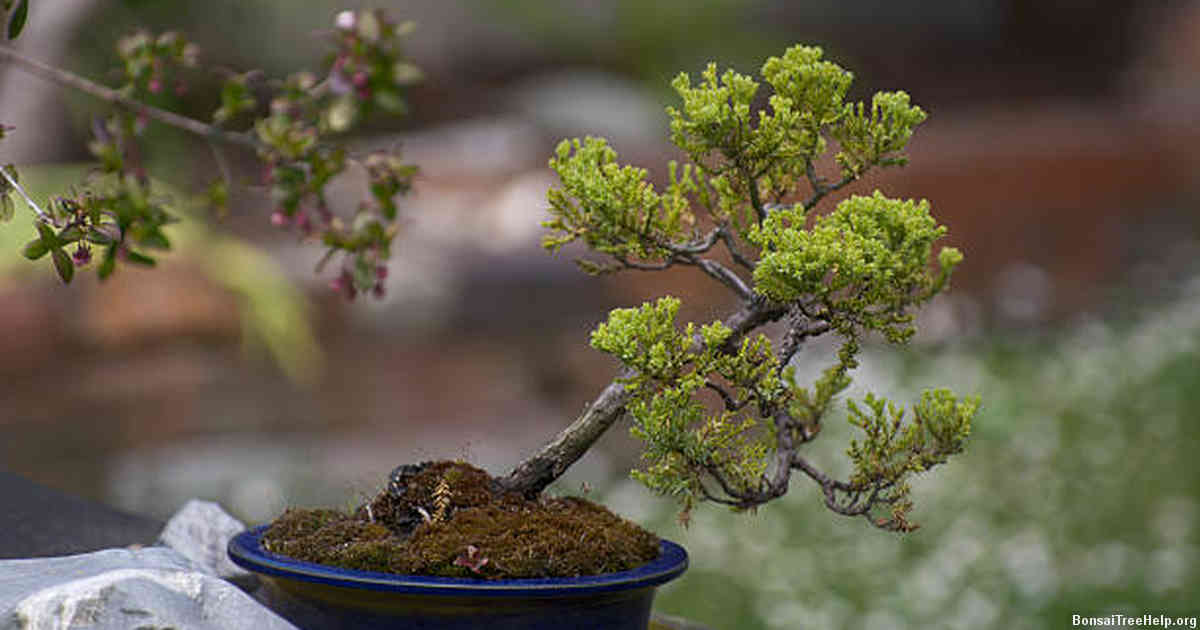
Learning about the pruning needs of ficus bonsai is the key to keeping them in their best condition. Ficus bonsai trees are woody and have a dense canopy that responds well to pruning, as long as it’s done with care and understanding.
A light trimming should be conducted when foliage starts drooping or blocking any other branches on your tree. This will encourage new growth, making the canopy look full again. If you want to maintain a specific shape for your bonsai tree, start by lightly trimming the outermost parts of the canopy and work your way inward so that all sides can stay equal in length over time.
It’s important to follow up by wiring or creating supports after each session of pruning to ensure your desired form is kept intact while new buds emerge from their trunks. Depending on how much you choose to take away from your bonsai during each round of clipping, more than one season may be necessary for them to reach its desired shape and size again.
The Best Time for Pruning Your Ficus Bonsai
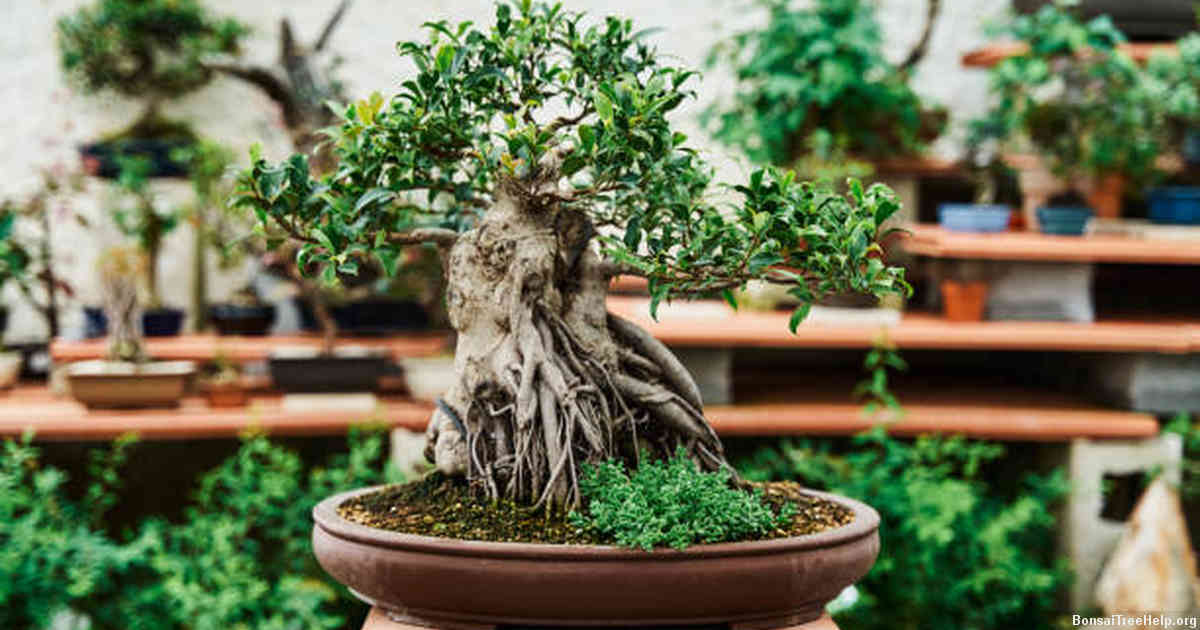
Prune timing is an important factor to consider when caring for a Ficus Bonsai. Understanding when to prune your Bonsai will ensure it grows properly and looks its best. During the spring season, this is the most ideal time to prune as Ficus Bonsais are very susceptible to temperature fluctuations that can occur during different seasons. In order to get the best results from your pruning efforts, you want to take advantage of warmer temperatures that can increase growth and make cutting easier.
At this time in particular, trees are more inclined towards new growth which can be strategically shaped according to a plan or predetermined design so long as you make sure you have plenty of healthy branches left intact after each trimming session in order not starve your tree of vital resources like light and nutrients. Too much aggressive cutting should be avoided as it may cause irreparable damage by slowing down regrowth or creating weak growth points on trunks where scales tend to form over scars leading ultimately to malformation or dieback altogether.
Preparing ahead is key; research different techniques and start mapping out plans on paper so that when it’s ready for some major cuts, you know exactly what needs snipping – there should never be any rush or regret associated with bonsai artistry – rather patience & attentiveness combined with expert knowledge will always result in a beautiful piece no matter how small.
How to Identify When Your Ficus Bonsai Needs Pruning
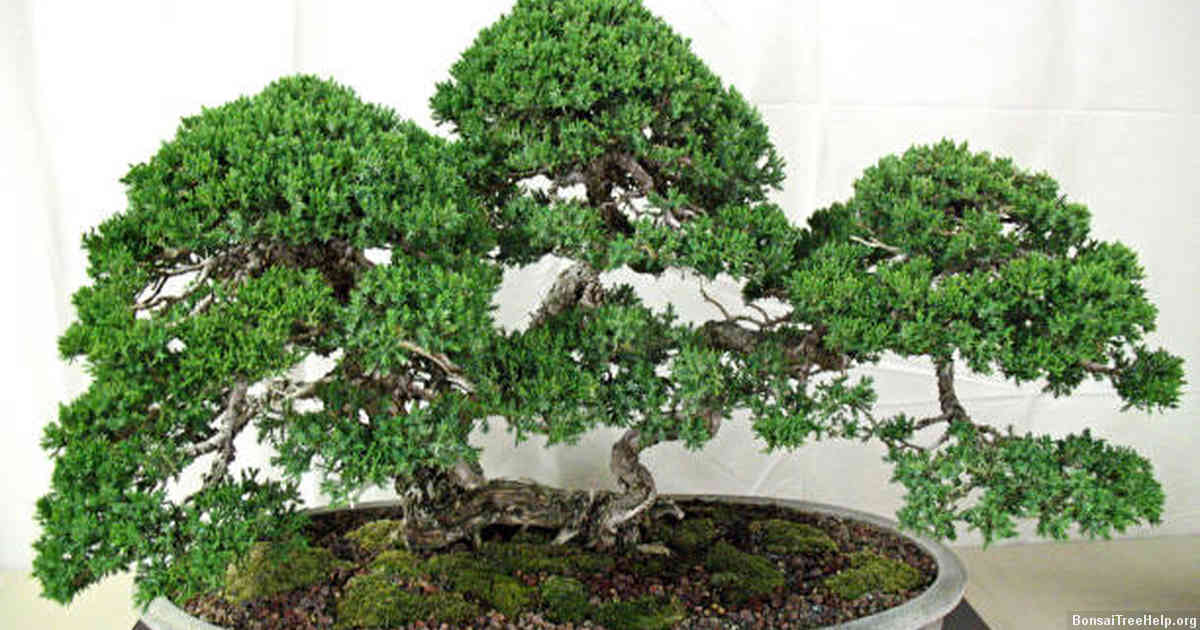
When it comes to maintaining a healthy ficus bonsai, one of the most important steps is knowing when to prune. Pruning at the wrong time can have disastrous effects on the health and appearance of your tree. Fortunately, there are a few key signs that will help you identify when it’s time for a trim.
The first way to tell if your ficus bonsai needs pruning is if any of the branches become overly long or unruly in shape. If any areas start looking out-of-control with wild stems or large leaves growing in random directions, then it’s probably time for some snipping. It’s important to note that it is best practice to cut only 1/3rd of the branch away during each pruning session as this allows new growth ample space and resources while preventing shock.
Another sign that your ficus bonsai needs pruning is if any branches turn brittle or dry up completely. This often occurs when branches are too heavily laden with foliage and not enough sunlight reaches them, resulting in yellowing leaves which eventually fall off completely due to lack of light exposure. Brittle branches should be removed by cutting close to their base; however make sure not to remove more than 1/3rd of total growth as this could stunt overall development and affect flowering potential later down the line.
If left unchecked, overgrown trees can end up looking messy and overcrowded so regularly checking for signs like these helps keep your plant properly maintained without damaging its wellbeing – no matter what season you find yourself in.
Dos and Don’ts of Pruning Ficus Bonsai Trees
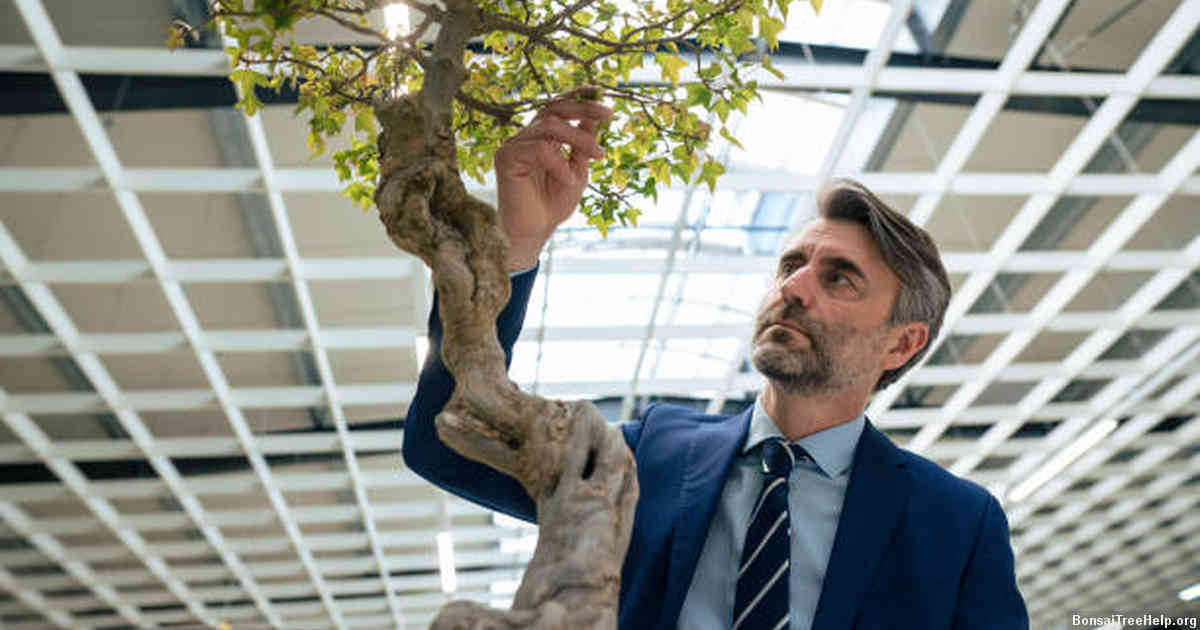
When it comes to pruning your ficus bonsai, there are certain dos and don’ts that must be followed in order for the tree to remain healthy. It is important to consider the season when you prune as excessive pruning during the summer may cause stunted growth or even death of your beloved plant. The ideal time for cutting is typically during winter when sap levels are low and new shoots have not yet emerged.
It is also important to understand what type of cuts should be done in order to maximize the potential of your bonsai tree. Generally speaking, larger branches should be cut off with a saw while small twigs can often just be pinched off with your fingers. Once the desired shape has been achieved, seal any freshly cut areas with either mud or wax in order to prevent disease from settling into them.
Ficus Bonsais require significant amounts of care after being trimmed in order for it thrive; this includes regularly watering and providing adequate sunlight exposure as well as an occasional misting session every few days. With proper attention given towards its needs, you’ll be able to maintain a stunning looking bonsai that will last through many generations if properly cared for.
Proper Techniques for Pruning Ficus Bonsai Trees

Pruning a ficus bonsai tree is an important part of its care. However, if not done correctly or too often, it can damage the tree and prevent it from flourishing in the long run. Knowing when to prune your ficus bonsai is key for maintaining a healthy plant. The best time to start pruning is during early spring before new shoots emerge and growth starts becoming active again. This ensures that pruned branches don’t miss out on any vital energy for nourishment and growth throughout the season.
When performing this kind of maintenance, there are several techniques that should be used depending on what type of branch you’re dealing with. To create more taper in thicker branches or trunks, use concave cutters to make gradual curves as opposed to abrupt angles which can weaken your structure overtime. You will also want to thin out any dense areas on thinner branches using sharp scissors since they allow you to perform precision cuts with ease while preserving most of the branching structure intact. When removing larger sections, leave some connecting tissue between them so your ficus bonsai retains its natural look instead of having big gaps in it after trimming.
Once all desired sculpting has been accomplished follow up by applying wound sealant or a fungicide onto freshly cut ends which helps protect against rot and infection while allowing healing processes to happen smoothly within the woody parts of your tree. All these steps must be taken into consideration if you truly want your bonsai friend to thrive under your watchful eyes.
Post-Pruning Care Tips for Your Ficus Bonsai Tree
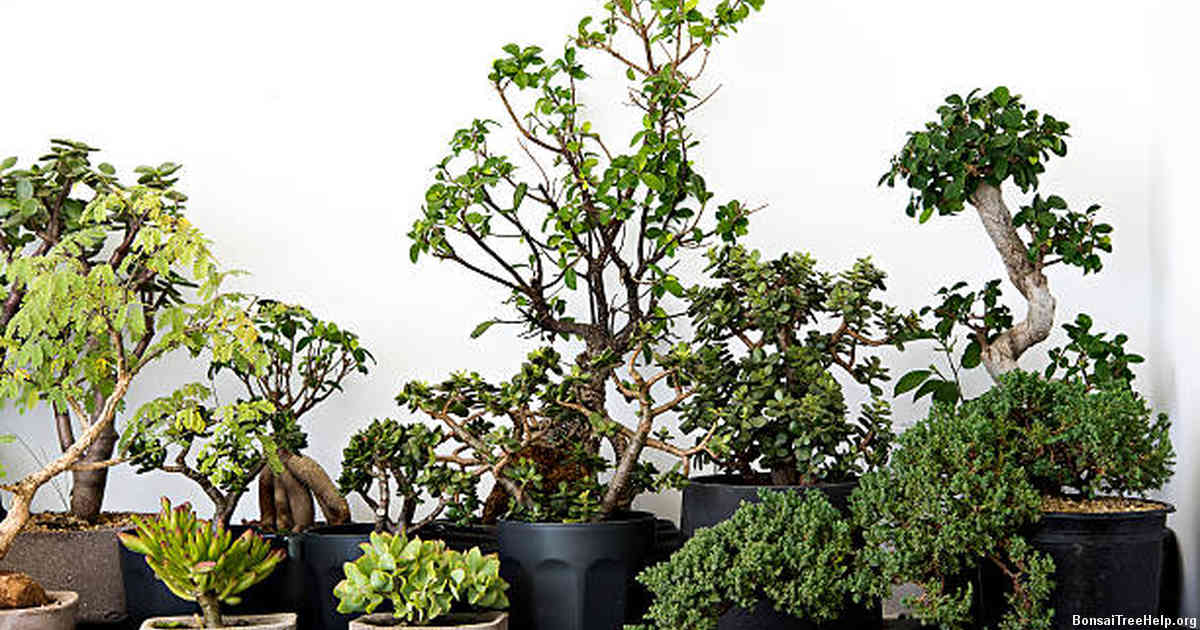
After the pruning process, proper post-pruning care is essential for encouraging healthy growth of your ficus bonsai. The tree should be given adequate space to recover from being trimmed and it’s important to make sure that the newly-exposed roots receive enough water without becoming overly saturated.
For best results, bonsai soil should contain a blend of various mineral components such as volcanic rock dust and humus. This type of soil helps promote drainage and aeration which are both key in allowing air and water to reach the recently exposed roots more efficiently. You want to monitor closely how much sunlight the pruned area receives so that too much or too little exposure doesn’t lead to further stress on your tree. Pruning can cause new shoots or limbs to emerge at different angles than they naturally would have prior – thus it’s critical to ensure balanced sun exposure between old and new branches/shoots alike when determining where to place it outdoors.
Top dressing with moss helps retain moisture in smaller areas around the trunk – even if your ficus bonsai is planted in a pot without drainage holes, regular misting helps prevent drying out due to increased surface area from recent pruning done by yourself or professional horticulturalists. Taking these additional steps will help accelerate recovery after trimming while improving overall longterm health of your beloved Bonsai Tree.
Advanced Tips for Maintaining the Health and Appearance of Your Ficus Bonsai Tree
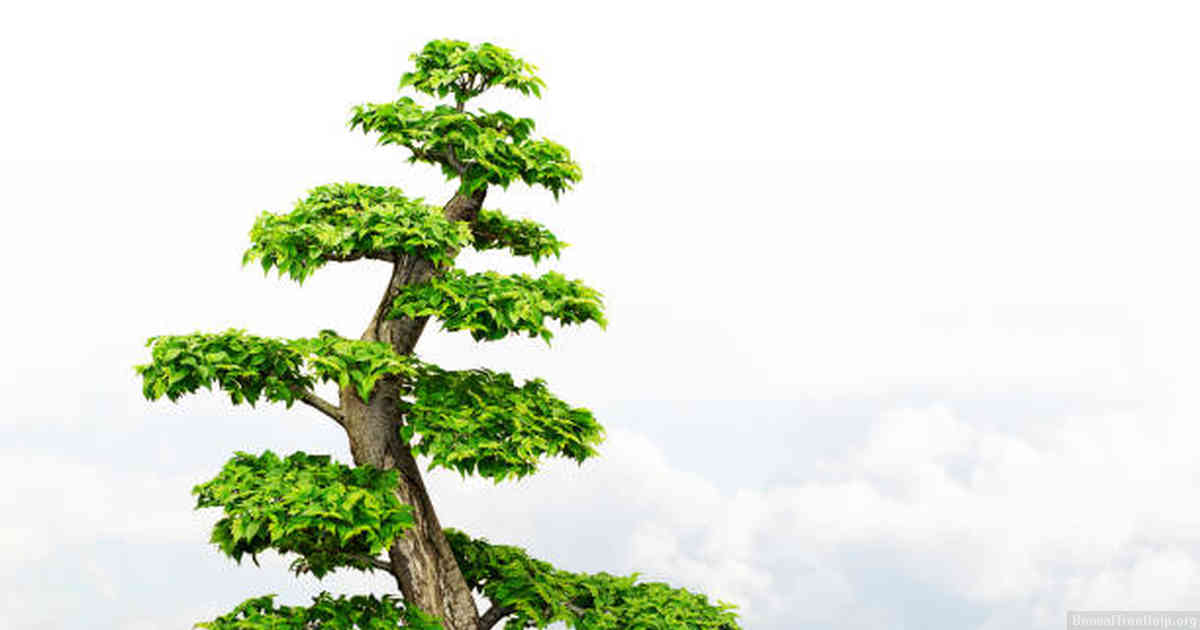
Pruning is one of the most important techniques to ensure a healthy ficus bonsai tree. When done properly, it will encourage strong and consistent growth while maintaining the desired shape and size of your bonsai. To get the best results from pruning, there are some advanced tips that should be kept in mind.
For starters, it’s important to have sharp tools when trimming branches or roots. This prevents tearing of the tissue which can lead to more disease or damage than necessary. With sharp tools, you’ll have a much better control over where your cuts are being made so as to minimize any unnecessary stress on your tree. It’s also advised that you clean and disinfect your tools before each use as this helps prevent bacterial or fungal infections from spreading throughout your plant.
Another advanced tip for maintaining the health of your ficus bonsai is proper wiring techniques. Wiring should be done periodically throughout the year depending on how quickly it outgrows its current form but again, great care must be taken when doing this so as not to cause irreparable harm such as breaking branches or removing bark unnecessarily. Properly applying wires allows you to carefully sculpt and train the growth direction so as not interfere with neighbouring branches nor expose vulnerable areas in between them where insects could get inside and cause further issues down the line.
Leave a Reply